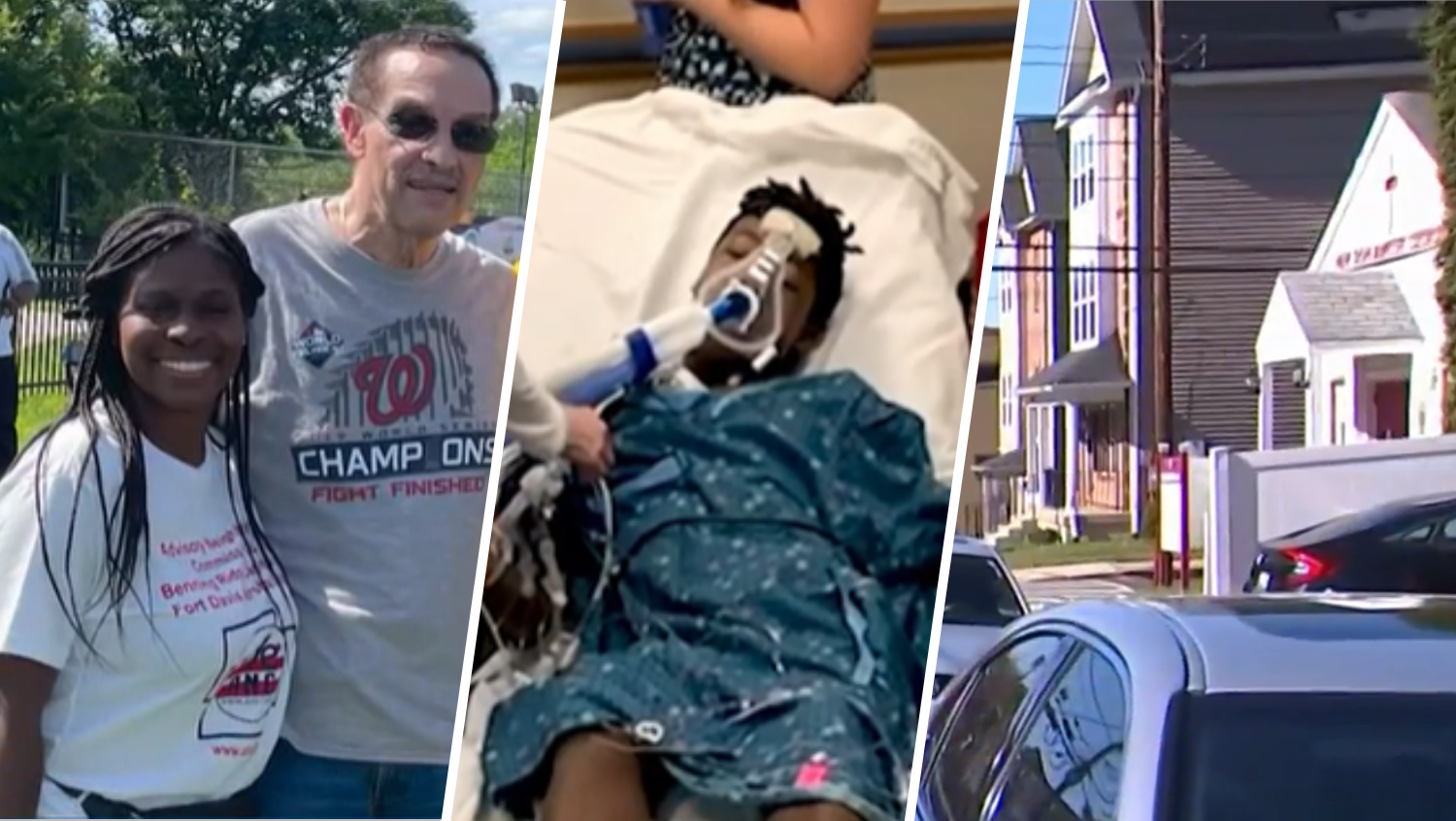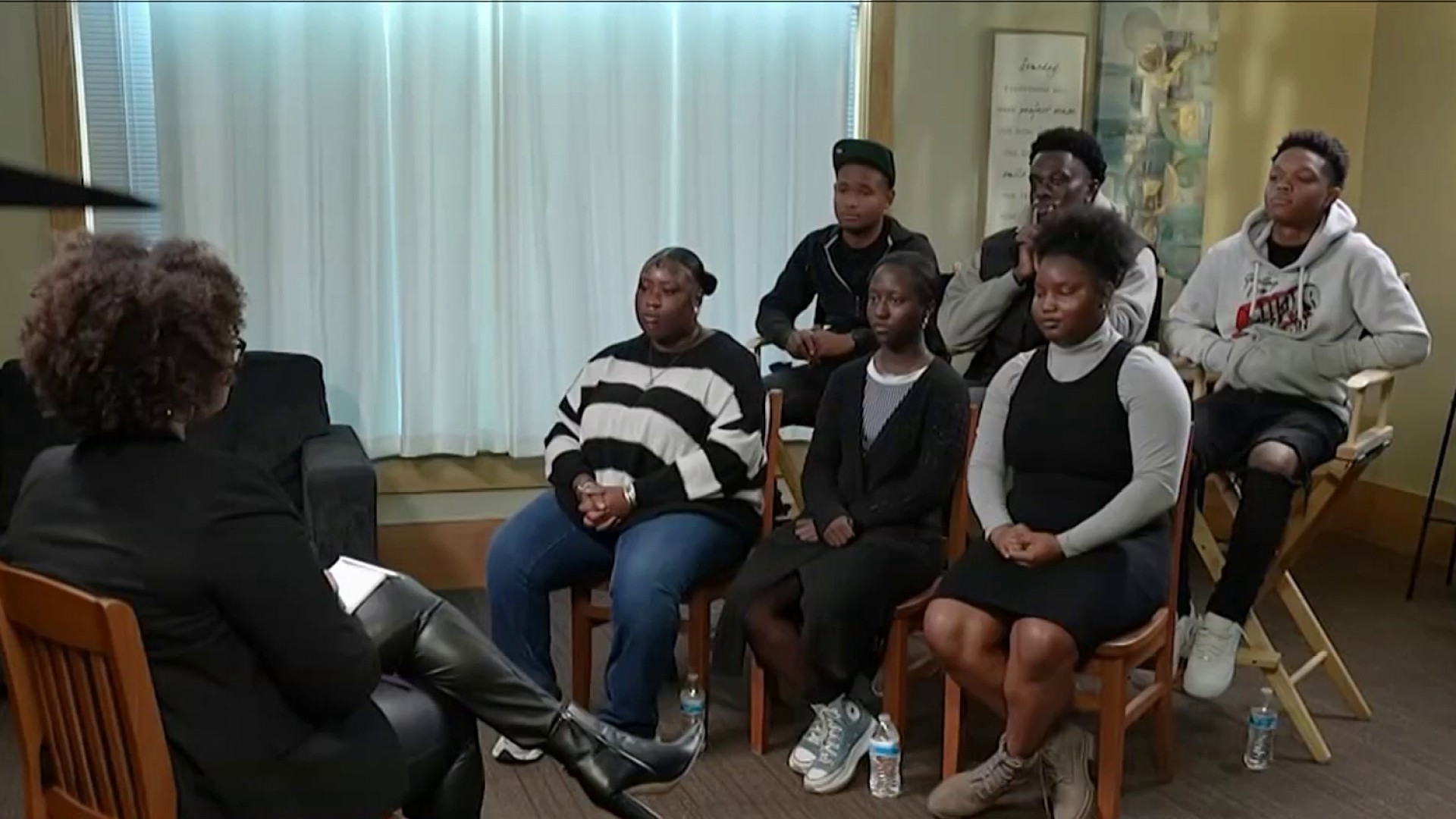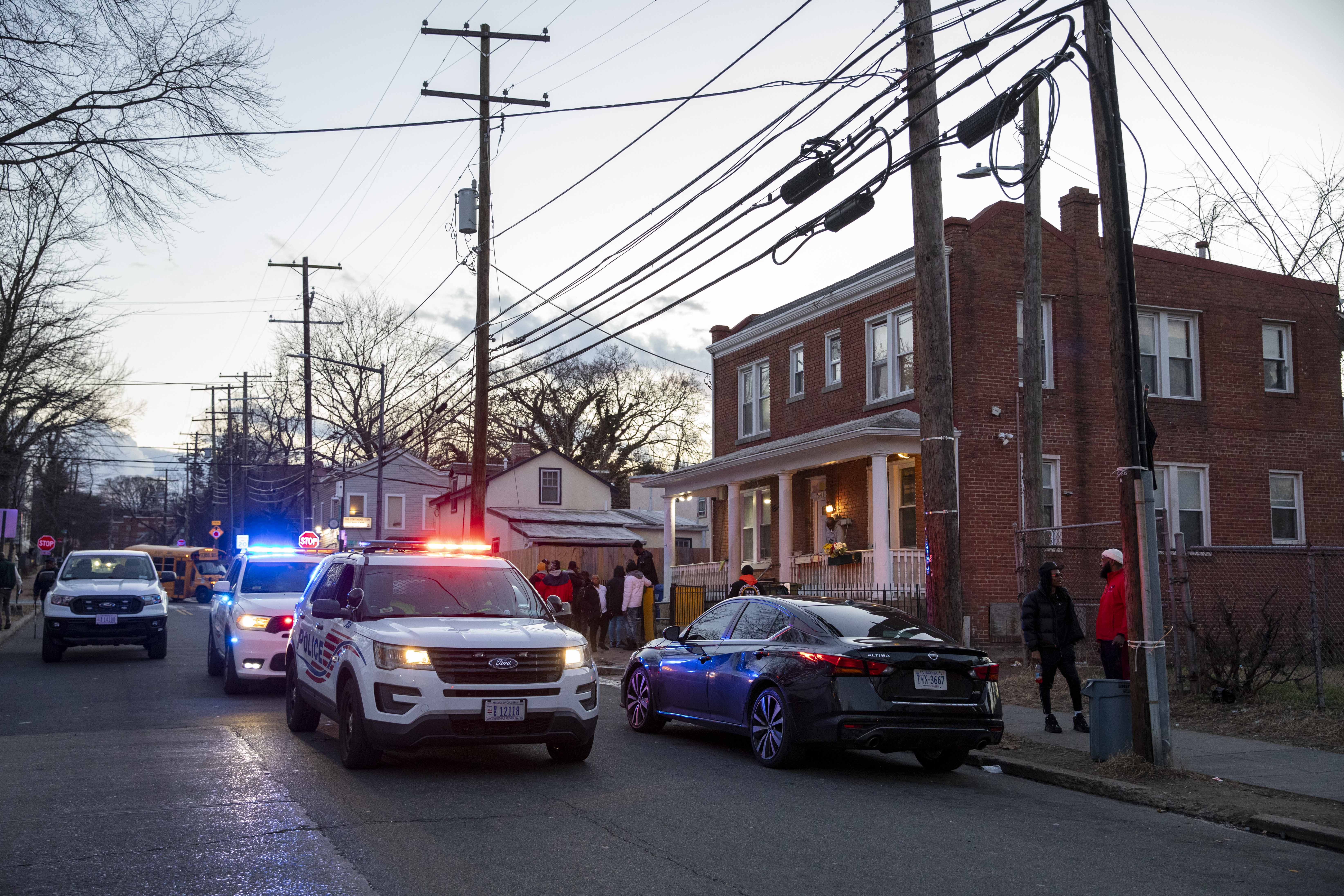A report released Monday finds a surprising driver behind D.C.’s gun violence surge and a feeling of powerlessness among law enforcement to stop it.
The report cites personal disputes and group conflict – gang-related shootings – as the two biggest drivers of deadly gun violence in the District. The report makes clear social media conflicts and, especially in D.C., music videos slighting crews or neighborhoods can escalate into shootings.
The analysis puts into stark terms the disproportionate impact the violence has on D.C.'s Black community.
The report finds more than 90% of the victims and suspects in homicides and shootings in the District were black and most were men, the majority between the ages of 18 and 34, despite Black residents making up less than half of D.C.'s population.
We've got the news you need to know to start your day. Sign up for the First & 4Most morning newsletter — delivered to your inbox daily. Sign up here.
Almost 80% of homicide victims and suspects had been involved in the criminal justice system in the past – seven times on average.
Why D.C. is experiencing this level of gun violence is harder to explain.
The report’s authors reached out to police and violence interrupters for their reaction. They cited those music videos, too, and the incredibly easy access to guns in the District.
Officers also said there is a high bar to make arrests, higher bars still for prosecutors to take cases and a reduction in proactive policing due to – in officers’ words – rules from police leadership and the D.C. Council that make it harder to police. All this, they say, has led to a feeling of impunity among people.
The National Institute for Criminal Justice Reform (NICJR), which authored the report, recommends a number of changes to help reduce gun violence. Some have already been put in place, like police holding a weekly review of all shootings to try to prevent retaliatory violence.
But it also recommends training more officers on violent crime suppression and creating a nonfatal shootings investigations unit.
Finally, NICJR Executive Director David Muhammad recommends focusing more intensely on the people believed to be most at risk of committing or being a victim of gun violence
“The problem is a small number of young adults who are at a very high risk of being involved in gun violence. The problem’s also the massive number of guns,” he said. “But the part that we could do something about is a small number of young adults who have high risk factors who would be responsive to somebody engaging them in an intensive manner.”
“But we just have to do it,” he added.
The researchers also found that while there's been – in their words – an "extraordinary increase" in the number of juveniles involved in shootings, young people still constitute a small portion of overall shootings. The vast majority of shooting victims and suspects are adults, though juveniles are the ones driving carjackings.
News4 reached out to D.C. officials and police for comment.
News4 sends breaking news stories by email. Go here to sign up to get breaking news alerts in your inbox.




